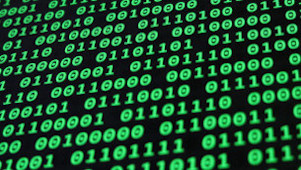
Data Representation
Overview
In this topic we'll explore how data is stored and processed in computers using binary, the fundamental language of computers. Binary, a base-2 number system, uses only two digits: \(0\) and \(1\). You'll learn how to convert between binary, decimal and hexadecimal (base-16) systems, which is crucial for understanding how data is represented and manipulated in computing.
The module will also cover how different types of data — such as text, images, and sound — are represented in binary form. For instance, text is often encoded using systems like ASCII or Unicode, where each character is assigned a unique binary code. Images are represented using binary through pixel values, and sound is converted into binary data through sampling. Understanding these conversions will give you insight into how complex data is processed and stored efficiently.
Additionally, you'll study how data size is measured and managed in computing. This includes understanding units like bits, bytes, kilobytes, and megabytes, and how these units scale with the amount of data. The module will also touch on data compression techniques, which are used to reduce the size of data files while maintaining their quality.
By mastering these concepts, you'll gain a foundational understanding of how digital systems operate and how data is handled behind the scenes in everyday technology. This knowledge is essential for any further studies in computing and helps in appreciating the complexity and efficiency of modern digital systems.